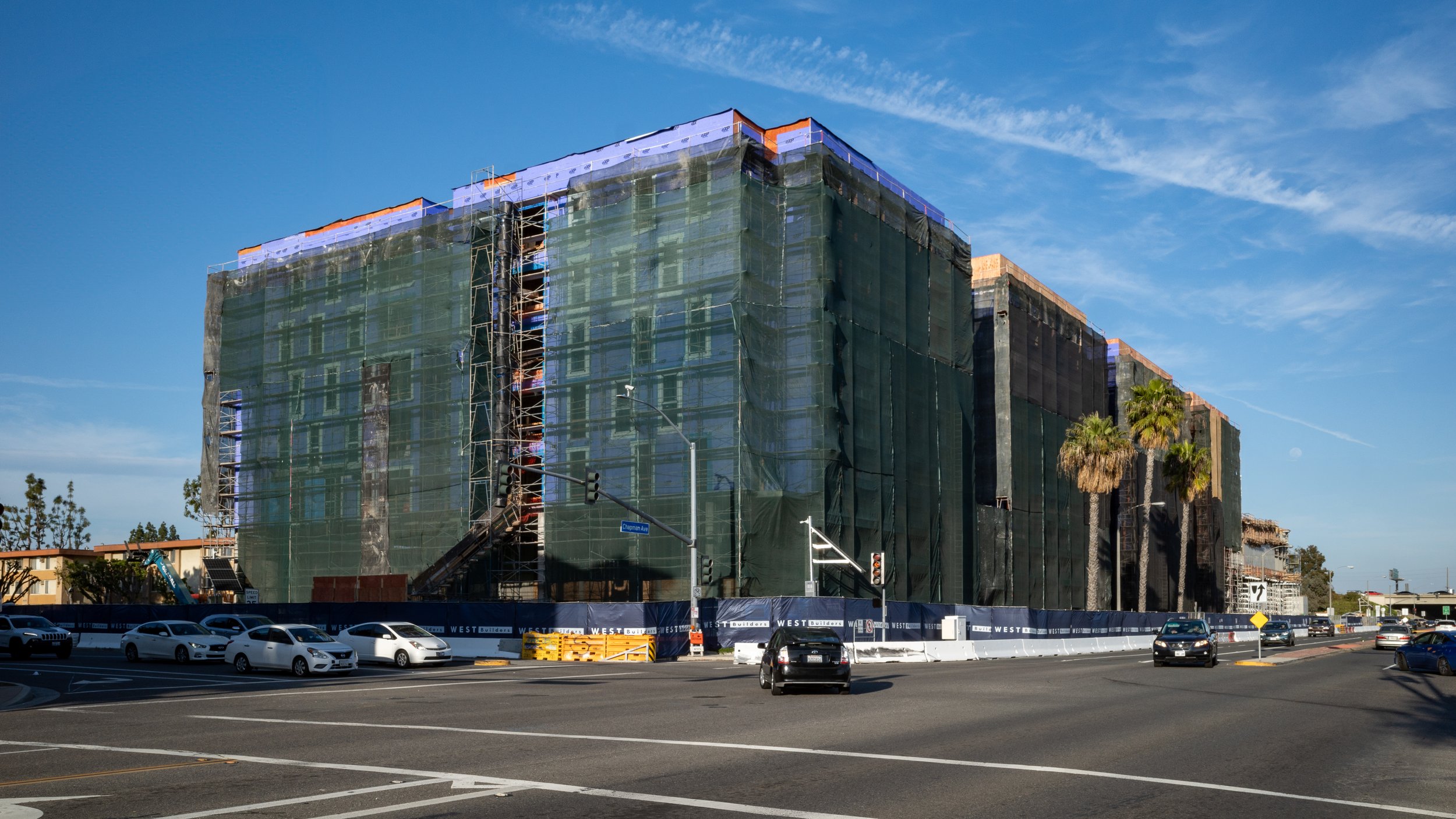Reduce Construction Costs to Achieve Housing Abundance
One of the biggest constraints on the construction of new homes, especially in places like California, is the cost to simply build. The recent and ongoing fires in and around Los Angeles will just make the problem worse. This has been a growing problem since the Great Recession that was accelerated by the pandemic. These rising costs are driven by a constrained supply of both construction labor and building materials.
As I’ve discussed previously when look at the break even density for missing middle housing in high-cost single-family neighborhoods, construction costs directly determine how many homes must be built in order for a development to be financially feasible at a given cost of land. The higher the construction costs, the more units are needed to amortize the land cost over. In low-rent markets, the problem is even worse. In many neighborhoods in and around Los Angeles, rents and home prices do not cover the cost of new construction.
For example, apartments in newish buildings in the Gateway Cities sub-region of Los Angeles County rent for around $2,800/mo. for a one-bedroom unit that’s around 1,000 sf. At current construction costs of about $400/sf, it will cost $400,000 to build that apartment, without accounting for land or soft costs. At most, a developer would be able to raise about $300,000 in debt to cover the construction costs, wish is 25% less than is needed. Unfortunately, it simply doesn’t pencil to build this apartment at these rents and costs of construction.
The California Department of General Services provides a Construction Cost Index that tracks the overall cost of construction going back to 1996. From this data, we can see that construction costs rose rapidly from 2004 until the housing market crash in 2008, and then started taking off again in 2015 as construction started to pick back up as the market recovered. Since 2015, the increase in construction costs has nearly doubled the pace of inflation, even accounting for the very high inflation years during the pandemic.
The driving force behind the rising cost of construction from 2015 through the start of the pandemic was a lack of construction labor. (The pandemic made this problem worse briefly, but the labor market returned to its pre-pandemic trajectory quickly.) Nationally, the number of construction laborers for new homes peaked in April 2006 at 715,000 workers. Six years later, the construction labor force was half that at 322,000 workers. The majority of workers who left the industry between 2006 and 2012 never came back. Since that nadir, the homebuilding industry has struggled to find enough workers to meet the demand for new construction, with new housing starts significantly leading the growth in the construction labor force.
This labor shortage has been the driving cause of construction costs increases since 2015. It has caused direct labor costs to go up, but it has also caused construction to take longer as projects wait for workers or make due with fewer workers. Not only are the direct labor costs higher, longer construction periods due to a lack of workers also leads to increases in overhead and financing costs. To build quickly, efficiently, and cheaply, we must have more workers.
However, construction labor is not the whole story behind the rise in construction costs, especially since the pandemic. Since 2020, a shortage of construction material has also greatly increased the cost of construction. In fact, the cost of construction goods is nearly 50% higher today than it was at the start of 2020, despite costs coming down from their peak in the middle of 2022.
These higher costs are not due to a great increase in demand for building material, housing starts have hardly budged for a decade. These higher costs are entirely driven by a reduction in the supply of building materials. Just like with the shortage of laborers, the building supply shortage is making construction timelines longer and driving additional costs not just in direct material costs, but in additional overhead and financing costs due to longer construction schedules.
One of the most common causes of construction schedule delays that I hear from the builders I work with is because of a lack of electrical switch gear. I have seen multiple apartment buildings sit vacant, all but complete, for three to six months waiting for the electrical equipment they need so they can be occupied. This is six months of additional financing and other expenses, often costing hundreds of thousands or sometimes millions of dollars, incurred just waiting on construction materials.
These fundamental economic factors are constraining the construction of new homes in California. The recent fires in Los Angeles County will make these problems worse, as property owners seek to rebuild the 10,000 buildings lost in the fires (which is about 10% of the number of new homes built across California in an entire year.)
State law has enabled more homes to built in more places throughout California. Increasingly, zoning and other prohibitions on new housing are not the leading constraint on new construction. There are many places in California where housing is allowed to be built, but where it is not financially feasible to build, regardless of what is allowed. In order to achieve housing abundance, California must address the fundamental economics of home building by increasing the supply of construction laborers and building supplies.

